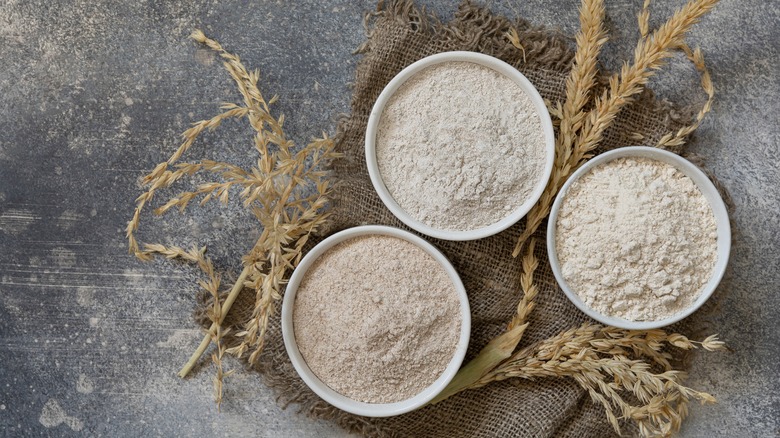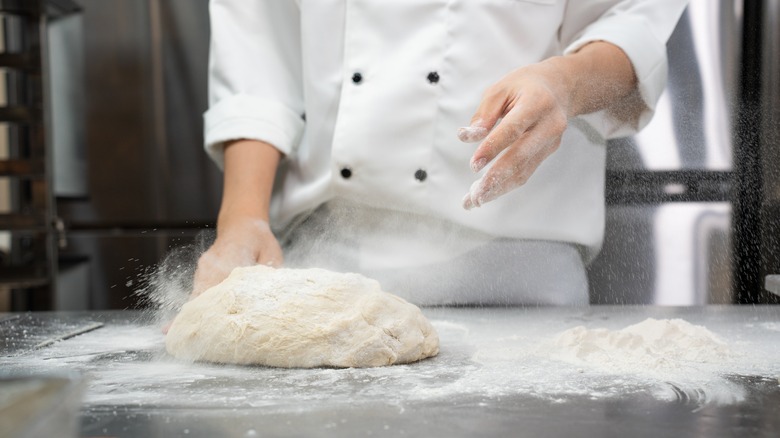Crippling Drought Means Higher Flour Prices Are Coming. Here's What We Know
For more than a year, grocery prices have continued to rise — and restaurant prices aren't far behind, with menu increases even surpassing grocery store hikes in recent months. And while average costs are still up, some food items, such as eggs, have started to see a decline.
Just when grocery prices finally started dropping, more bad news has appeared: flour prices might be taking a hit. Flour, of course, is used in countless recipes, from pastas, breads, and pizzas to all kinds of baked goods. It's a household ingredient that is present in almost every pantry, barring any dietary restrictions. If you're someone who loves to whip up scratch-made cookies in your spare time or visit your local bakery for fresh bagels and donuts on the weekend, you might want to sit down for this. A severe drought in the Midwest is threatening to send flour prices climbing in 2024, with multiple wheat varieties at risk of a shortage.
Flour prices could see an increase in 2024
Reports out of the Midwest from Food Business News say that a lack of rainfall has created drought conditions, which threaten to damage wheat crops. In the United States, there are three major wheat classes; two of those classes, hard red winter and hard red spring, are at risk of limited production in the upcoming growing season. In its simplest terms, these conditions mean wheat crops won't thrive. Low production and continued demand could mean flour prices take a sharp increase, though the exact amount by which they might rise remains unknown. Whole flour will likely see a hike, and it could result in flour-based products, such as pizza dough, pasta, and cake mix, going up as well.
Wheat flour saw a substantial cost increase between 2021 and 2022 per Statista, rising from $0.39 per pound to $0.52 per pound — a much higher year-over-year increase compared to 2020-2021, which actually saw a $0.06 per pound decrease. We can expect to see those numbers increase once more in 2024.

